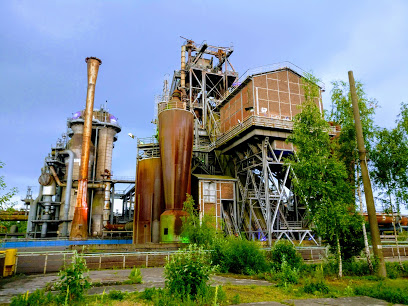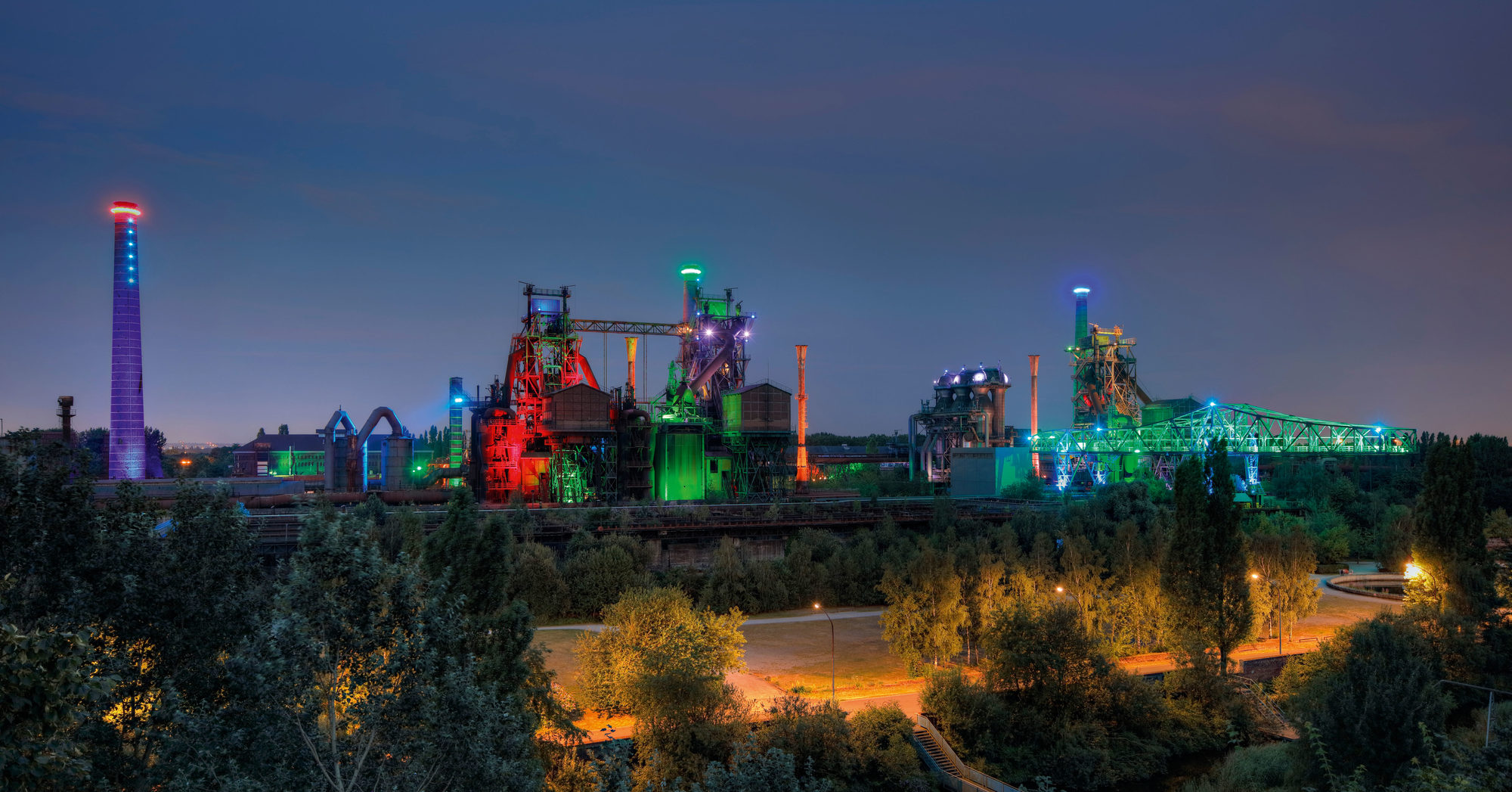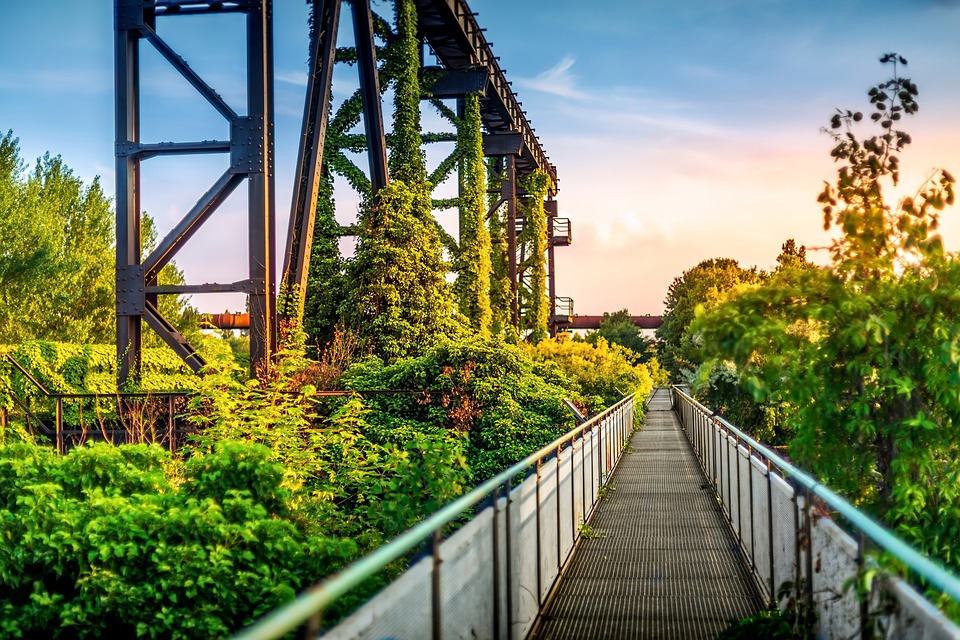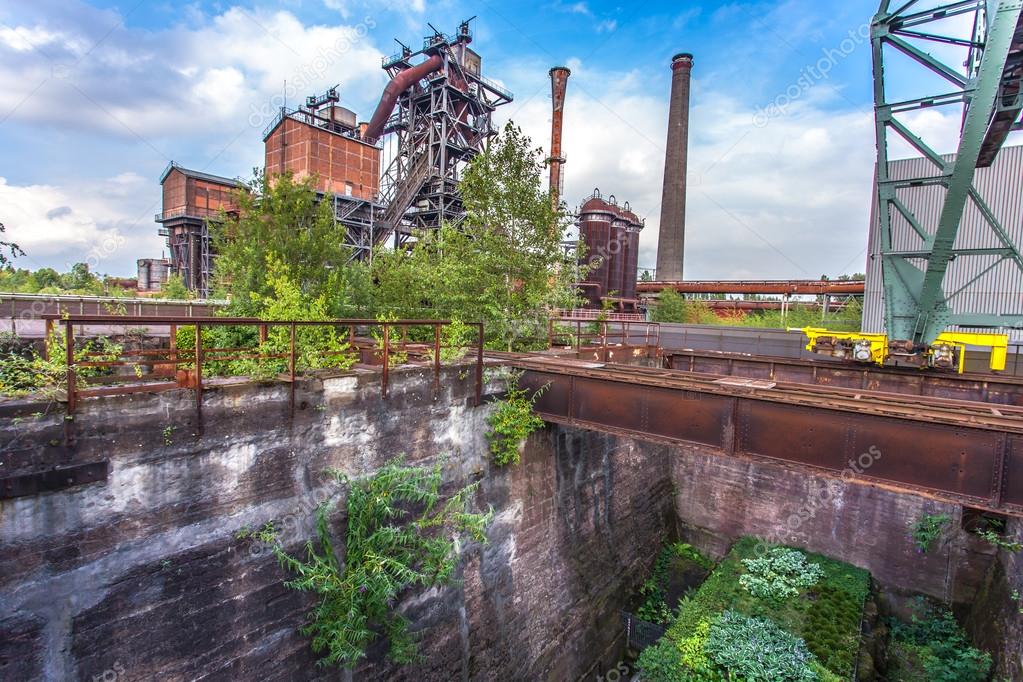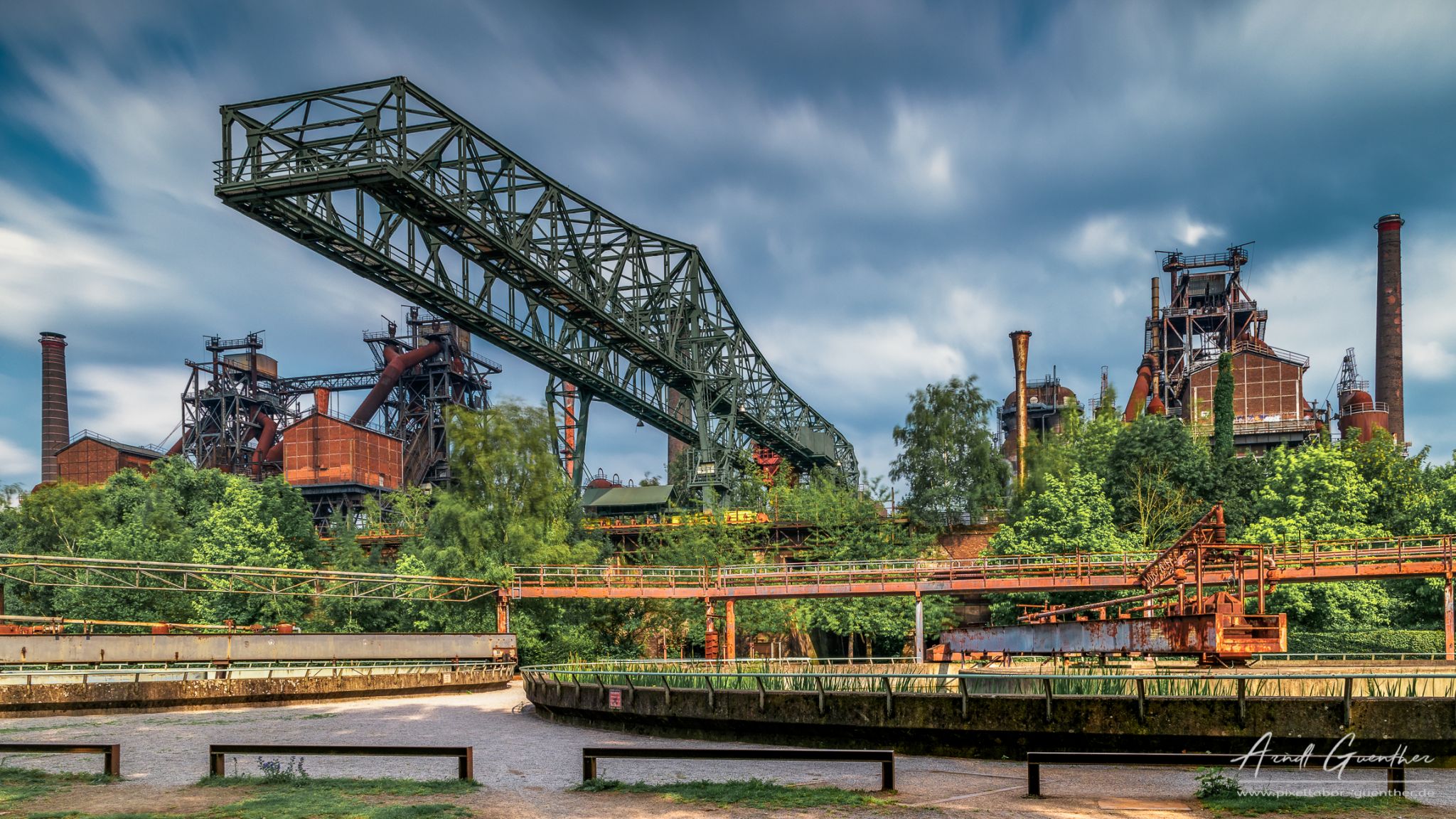In 1991, a co-operative-concurrent planning procedure with five international planning teams was held to design the park. Peter Latz's design was significant, as it attempted to preserve as much of the existing site as possible (Diedrich, 69). Unlike his competitors, Latz recognized the value of the site's current condition (Weilacher, 106). He allowed the polluted soils to remain in place and be remediated through phytoremediation, and sequestered soils with high toxicity in the existing bunkers. He also found new uses for many of the old structures, and turned the former sewage canal into a method of cleaning the site.
x
T
R
F
I
H
I
We have 16614 Parks Now ... The First and largest platform for green public parks
Landschaftspark Duisburg-Nord
Landschaftspark Duisburg-Nord
Emscherstraße 71, 47137 Duisburg, Germany
Every Day : 24 Hours .
About Park
-
Preview
A park, cycling trails, diving, climbing and high ropesImportant Information
-
Every Day
24 Hours -
Foundation Date
1/1/1991
-
Every Day
-
Intertainment Elements
Track
Sports
Restaurants
Trips
Education
-
Main Elements
- Parking and public transport
- Green areas
- Open paths for walking
- Website dedicated
- Toilets


